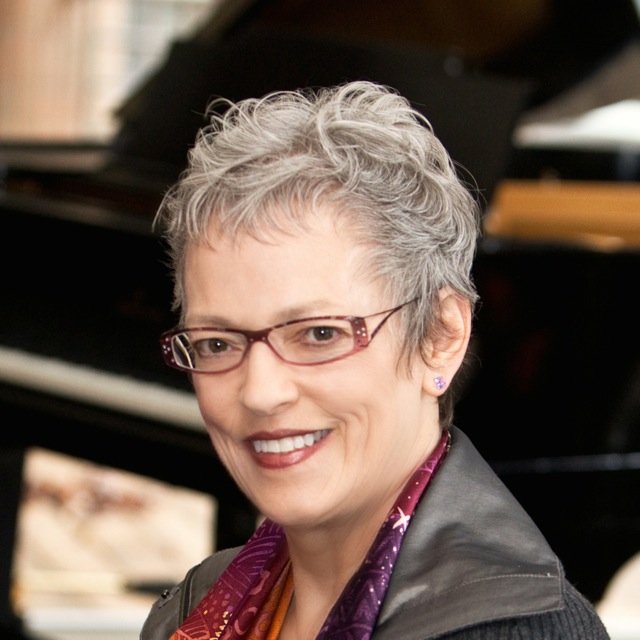cindy mctee
EINSTEIN'S DREAMS
for six instruments
1996
14.5 minutes
flute, Bb clarinet, violin, cello, vibraphone, and piano
NOTE: This piece is unrelated to the orchestral work Einstein's Dream.
for information, perusal materials, sales, or rental, please visit
Composed in 1996 with the assistance of a Composers Fellowship from the National Endowment for the Arts, Einstein's Dreams is a composition in seven brief movements and was premièred by Voices of Change on October 7, 1996 in Dallas, Texas.
Einstein's Dreams is based on a book of the same title written in 1993 by American physicist, Alan Lightman. Consisting of ruminations on the nature of time, Lightman's Einstein's Dreams reads like a diary, each entry recording the dreams of Albert Einstein as he worked on his theory of relativity.
"Timescape" was inspired by the story in Lightman's book depicting a world in which time flows at different speeds in different locations. An analogous musical environment is created by requiring each instrumentalist to perform independently of the other.
"Fire Touching Ice" is based on the story about a world where each district of a town remains permanently stuck in a different historical era. A 12th-century chant by Adam de St. Victor is combined with newly composed music exhibiting jazz characteristics.
Lightman describes a universe in which, "Time is like the light between two mirrors. Time bounces back and forth, producing an infinite number of images . . ." Likewise, "Countless Copies," consists of a single page of music repeated several times, creating a vertical listening experience in which past and future collapse into the present.
The music of "Frozen Embrace" was inspired by the following passage: "There is a place where time stands still. Raindrops hang motionless in air. Pendulums of clocks float mid-swing . . . For this is the center of time."
Many of the movements in Einstein's Dreams are designed to stretch or suspend time. However in "One Modulation of Light," time is compressed. As Lightman writes, "Imagine a world in which people live just one day." Lasting less than a minute, this movement combines the 12th-century chant heard earlier with newly composed music, providing "book ends" to 800 years of music history.
"Echoes in Vast Canyons" avoids tonal centers, repeats materials, and uses understated dynamics to portray a world at the center of time where, "Light is diminished almost to nothing, its vibrations slowed to echoes in vast canyons, its intensity reduced to the faint glow of fireflies."
The final movement, "Perfect Succession," releases much of the energy stored in the previous movements. It is decidedly linear, consisting of a single strand of quickly-moving sixteenth notes inspired by Lightman's portrayal of a world where, "Time is visible in all places . . . each increment of time marching after the other in perfect succession. . . . "
[Einstein's Dreams] is an immediately likable work . . . whose seven movements are, at worst, interesting, and, at best, simply beautiful. The use of flute, clarinet, violin, cello, vibraphone, and piano gives attractive instrumental color to musical ideas of substance.
Olin Chism
The Dallas Morning News

